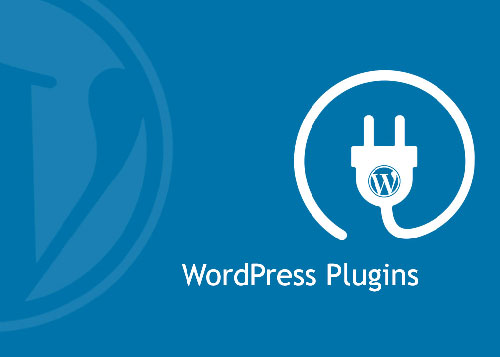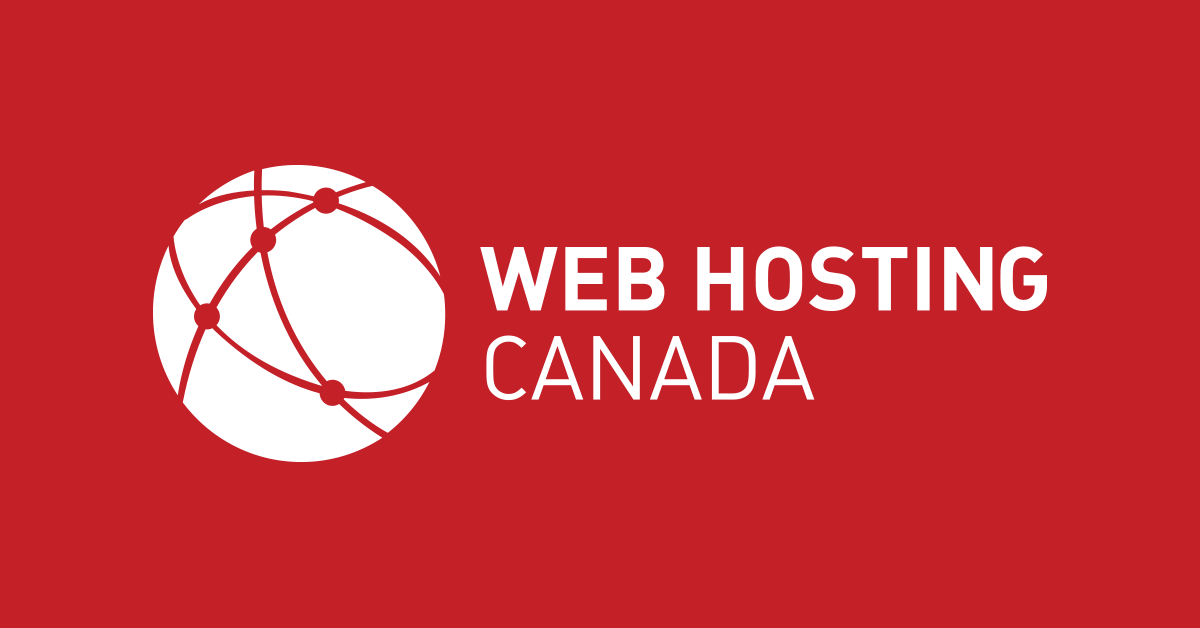On-Page SEO: The Ultimate Guide to Higher Search Rankings
Last updated Tuesday, 06/08/2024 01:48 by Andrew Cross
Learn how to optimize your website content and HTML for on-page SEO to achieve higher search engine rankings, increase organic traffic, and boost your website's visibility.
Table Of Content:
What is On-Page SEO?
On-page SEO encompasses all the techniques you can implement directly on your website to improve its search engine rankings and visibility. It's about making your website's content and HTML structure easy for search engines to understand and rank. Unlike off-page SEO, which focuses on external factors like backlinks, on-page SEO gives you direct control over your website's optimization.
Why is On-Page SEO Crucial for Your Website?
On-page SEO is the foundation of a successful SEO strategy. Here's why it's so important:
- Improved Search Rankings: Optimized content and HTML help search engines understand your website's relevance to specific search queries, leading to higher rankings.
- Increased Organic Traffic: Higher rankings mean more visibility in search results, driving more organic (non-paid) traffic to your website.
- Enhanced User Experience: On-page SEO practices often overlap with creating a user-friendly website. Clear navigation, relevant content, and fast loading times benefit both users and search engines.
- Competitive Edge: In today's digital landscape, implementing strong on-page SEO is essential for staying ahead of the competition and attracting your target audience.
Key Elements of On-Page SEO:
- Keyword Optimization:
- Conduct keyword research to identify relevant terms your target audience is searching for.
- Strategically incorporate these keywords into your page title, headings, content, image alt text, and URL.
- Avoid keyword stuffing, which can harm your rankings. Focus on natural and relevant keyword usage.
- Title Tag Optimization:
- Your title tag is a crucial HTML element that tells search engines and users what your page is about.
- Keep your title tags concise (around 55-60 characters), engaging, and include your target keyword(s) near the beginning.
- Meta Description Optimization:
- While not a direct ranking factor, meta descriptions appear in search results and influence click-through rates.
- Craft compelling meta descriptions (under 160 characters) that accurately reflect your page content and entice users to click.
- Heading Tags (H1-H6):
- Use a hierarchical structure for your headings (H1, H2, H3, etc.) to organize content and make it more scannable for both users and search engines.
- Include relevant keywords in your headings, but prioritize clarity and readability.
- Content Optimization:
- Create high-quality, informative, and engaging content that satisfies user intent.
- Structure your content with clear paragraphs, bullet points, and visuals to improve readability.
- Naturally incorporate relevant keywords, but focus on providing value to your audience.
- Image Optimization:
- Use descriptive filenames and alt text for your images to help search engines understand their content.
- Optimize image file sizes to ensure fast page loading speeds.
- URL Structure:
- Use short, descriptive URLs that include relevant keywords and reflect the page's content.
- Use hyphens (-) to separate words in your URLs for better readability.
- Mobile-Friendliness:
- With the majority of searches now happening on mobile devices, ensure your website is responsive and provides a seamless experience across all screen sizes.
- Use Google's Mobile-Friendly Test tool to check your website's mobile usability.
- Page Speed Optimization:
- Page speed is a crucial ranking factor. Optimize your website's loading time by minimizing image sizes, leveraging browser caching, and using a content delivery network (CDN).
- Internal Linking:
- Strategically link to other relevant pages within your website using natural anchor text. Internal linking helps search engines understand the structure and hierarchy of your content while also improving user navigation.
Published: 06 August 2024 01:48
















